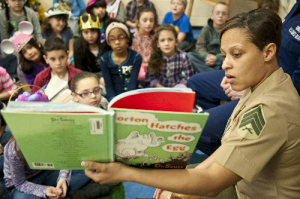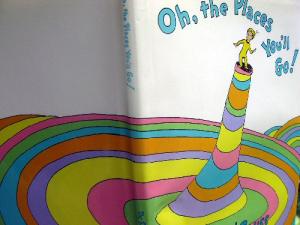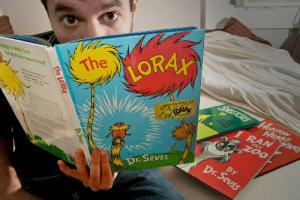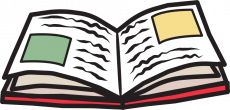3 Ways For KS1 to Explore the Stories of Dr Seuss
“I am what I am! That’s a great thing to be! If I say so myself, happy birthday to me!”
Such a great fan of birthdays that his own has become an international event (the 2nd of March, if you were wondering), Dr Seuss is celebrated annually – if not most days, given his bookshelf prevalence – as one of the most influential children’s authors of all time.
Fondly regarded as ‘The American Poet Laureate of Nonsense’, Dr Seuss’ unique blend of absurdity is far from meaningless, with a host of Primary literacy lessons to be extracted from his modern classics.
If you’re keen to extend the writing skills of your class, we’ve picked our top three topics to explore on Dr Seuss Day. And as said by the man himself:
“… will you succeed? Yes! You will, indeed! (98 and ¾ percent guaranteed).”
1. Rhymes
“I meant what I said, and I said what I meant. An elephant’s faithful, one hundred per cent!”
- Horton Hatches the Egg
If there’s one element of Dr Seuss’ books that truly stands out, its his tremendous use of rhyme. So, it only makes sense to make this a primary focus of your Dr Seuss Day studies.
For an early introduction to rhyme, try providing picture cards that mix up rhyming pairs – a cat, a hat, a fox, a pair of socks… you get the idea.
Once the children have matched the pairs, they can go on to create rhyming sentences, which are then transcribed.
Never before did I see a fox, doing a dance in a pair of pink socks!
2. Beat and Rhythm
“You have brains in your head. You have feet in your shoes. You can steer yourself any direction you choose. You're on your own. And you know what you know. And YOU are the one who'll decide where to go.”
- Oh, The Places You'll Go!
Picking up on the ‘pattern’ of a rhyme is the first step to understanding metre; an essential skill for budding poets.
Dr Seuss’ books are packed full of rhythmic sentences, so try inviting the class the clap their hands, or – if you’re feeling musical – use instruments like tambourines and maracas to highlight the beat of the text.
Before long, the children will be able to identify different patterns of rhyme and verse in poetry, e.g. choruses, rhyming couplets and alternate line rhymes.
3. Discussing Life Lessons Through Fable and Fiction
“It's not about what it is, it's about what it can become.”
- The Lorax
Dr Seuss’ tales are undoubtedly works of fantasy, but that doesn’t necessarily make them farcical. Fiction helps us to explore things that we wouldn’t always want to happen in real life, as well as being an age-appropriate way to discuss important, real-world issues. 
In the case of Seuss’ tale ‘The Lorax’, the story is commonly recognized as a fable concerning the danger that corporate greed poses to nature, using relatable characters to represent industry (the Once-ler) and the environment (the Lorax).
Fiction offers a safe place to explore such realities, as well as how they could be avoided; and by educating our children to be sensitive to world affairs in an accessible way, the future can only benefit.
“Unless someone like you cares a whole awful lot,
Nothing is going to get better. It's not.”

